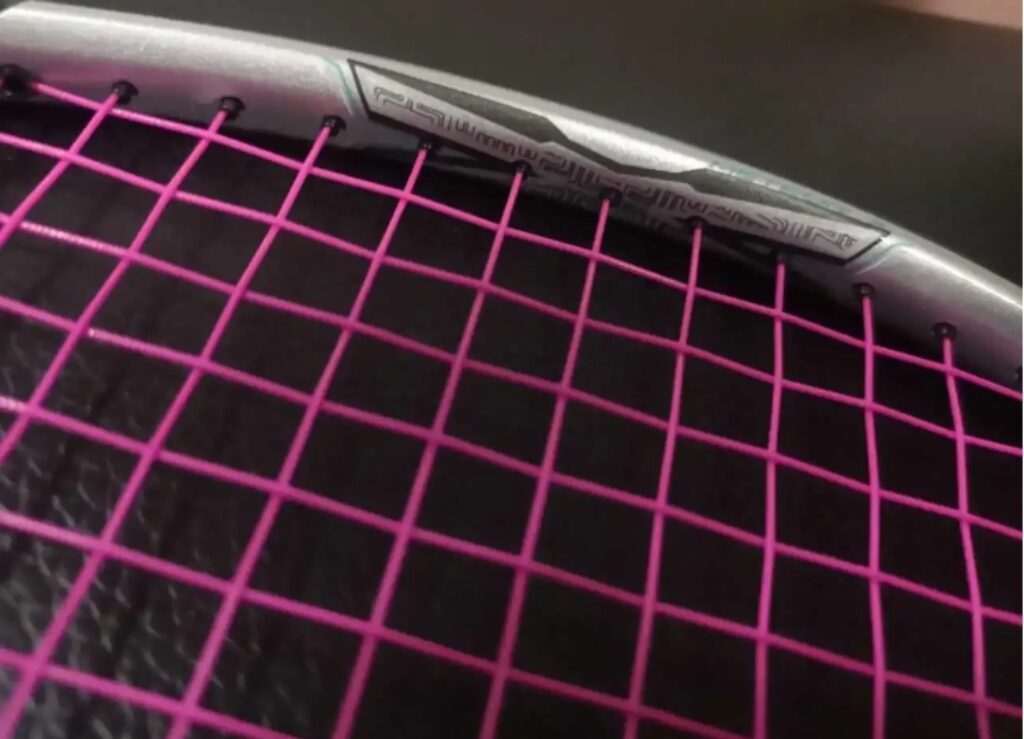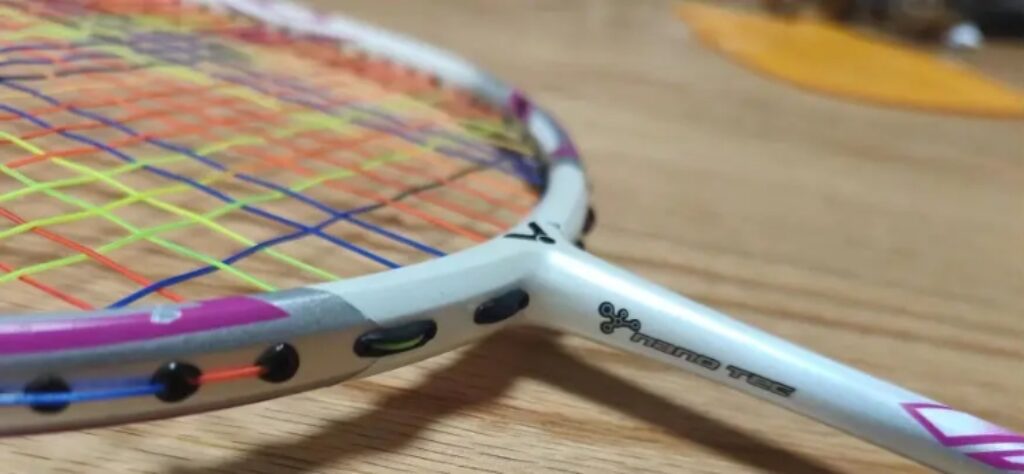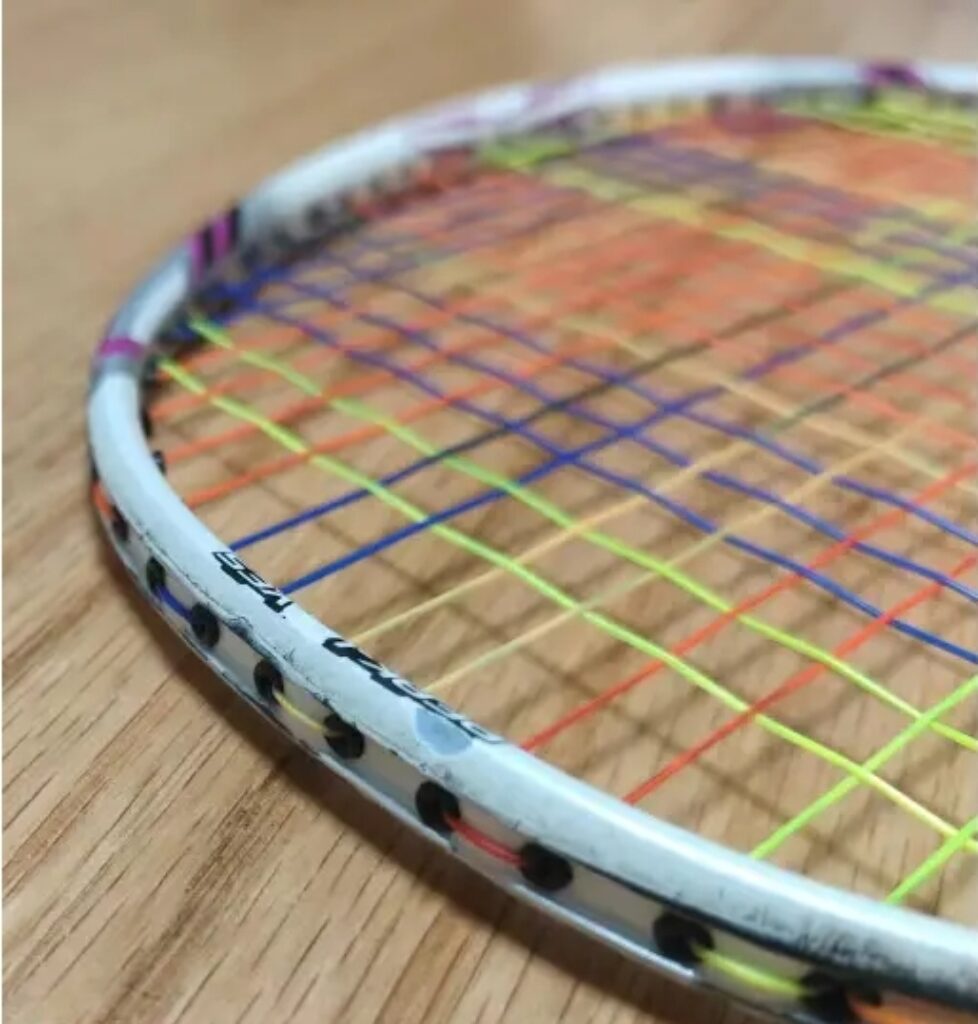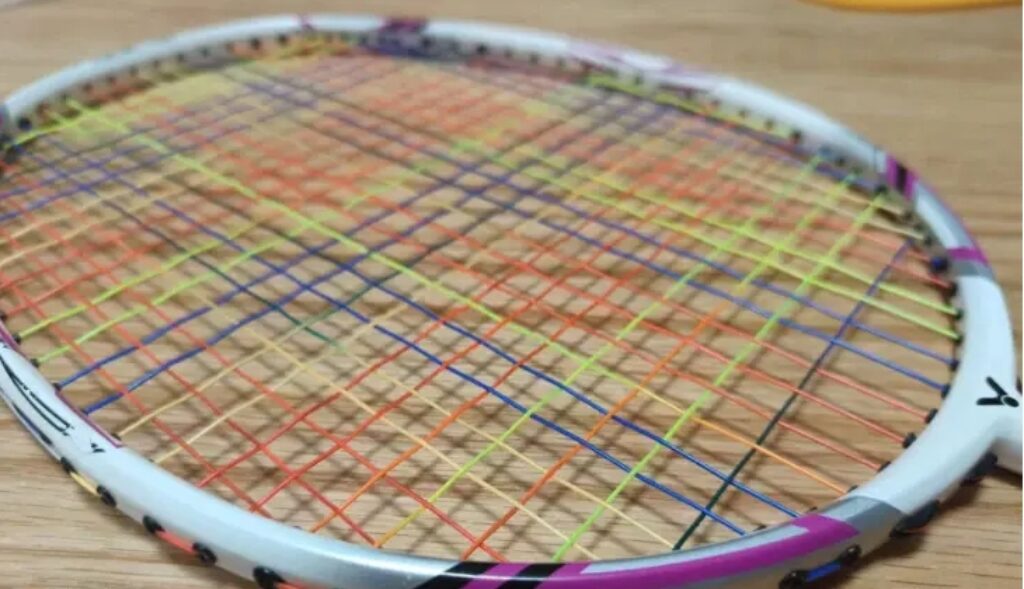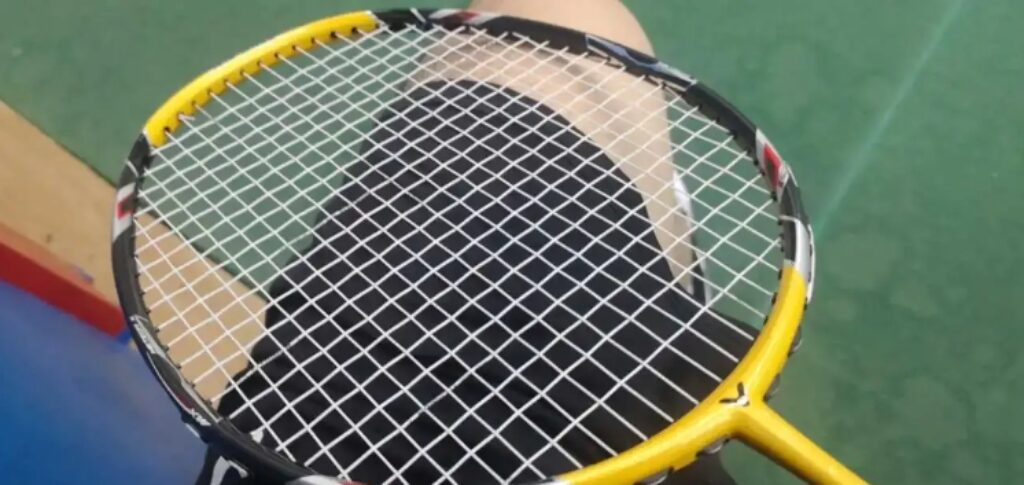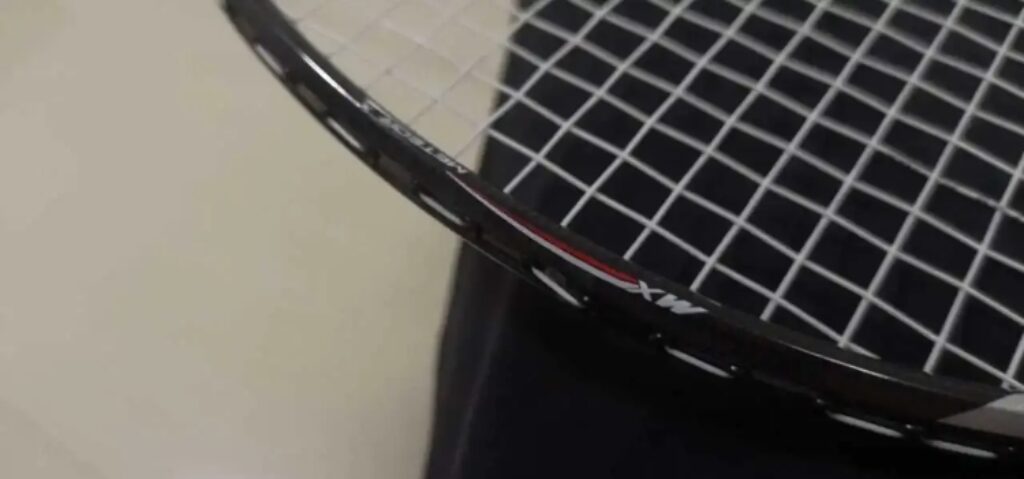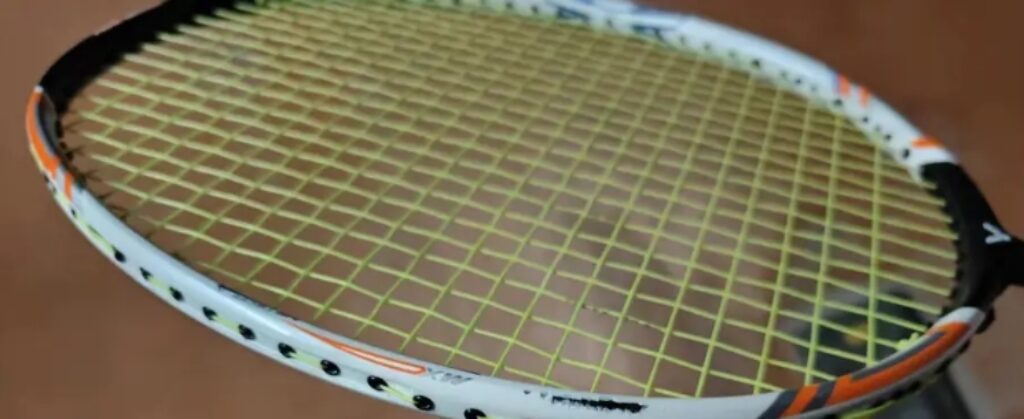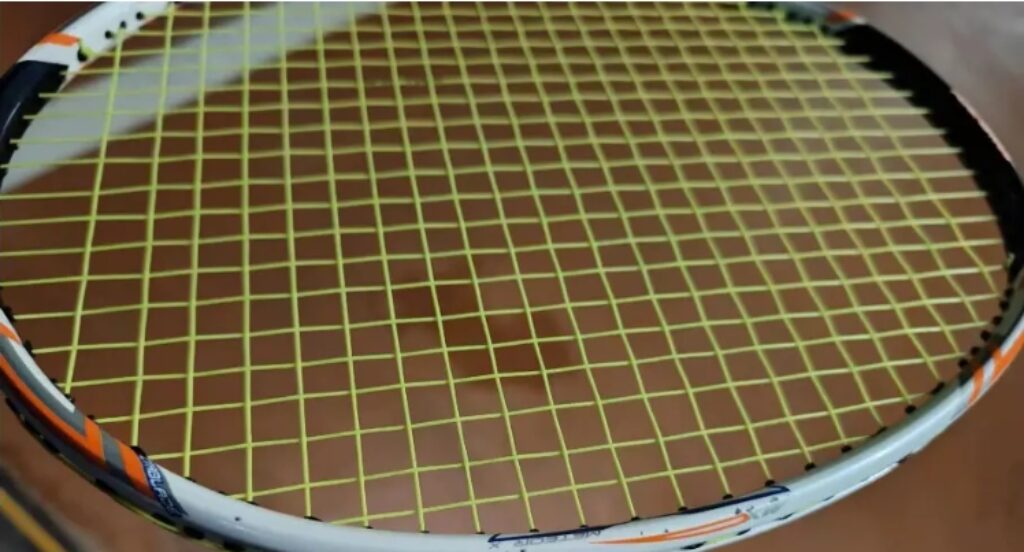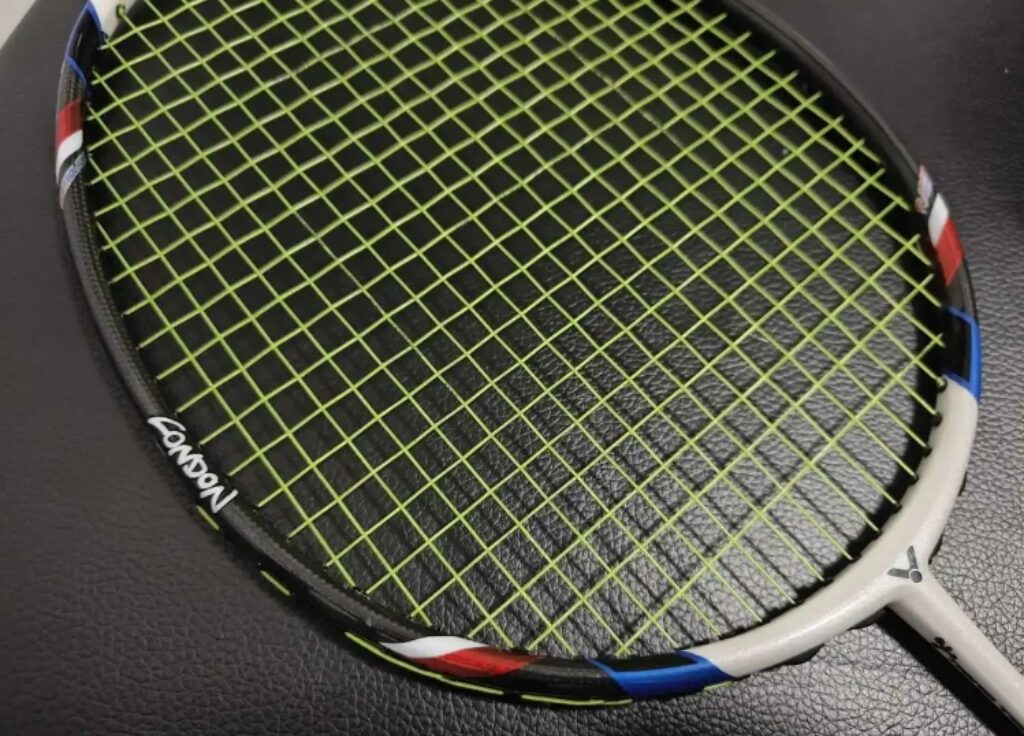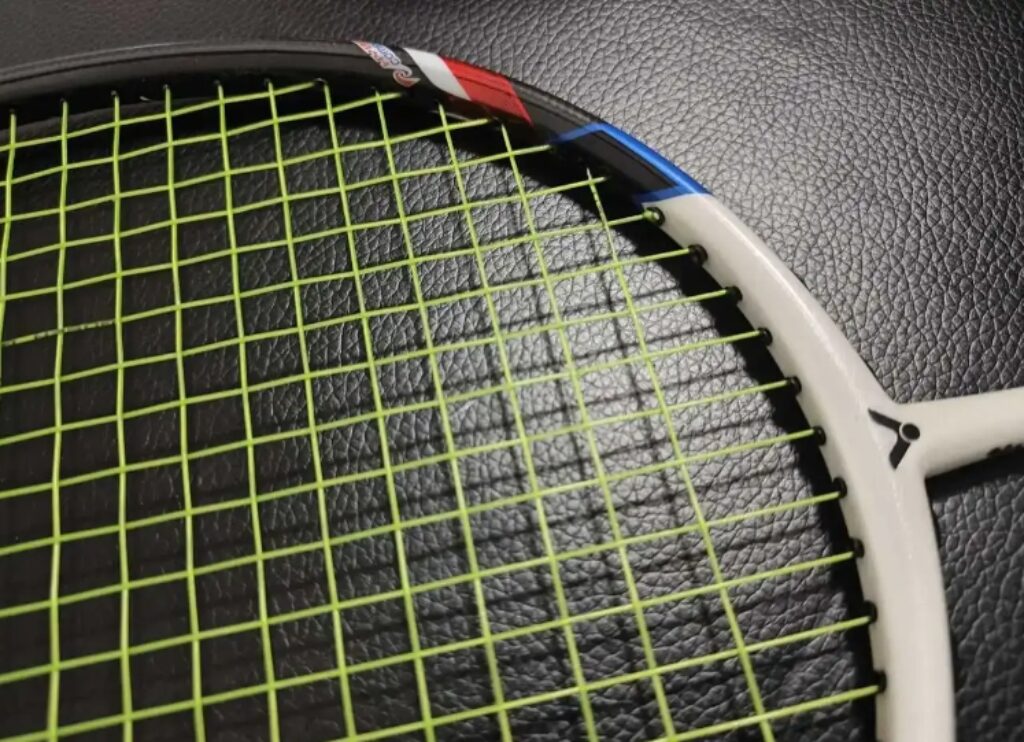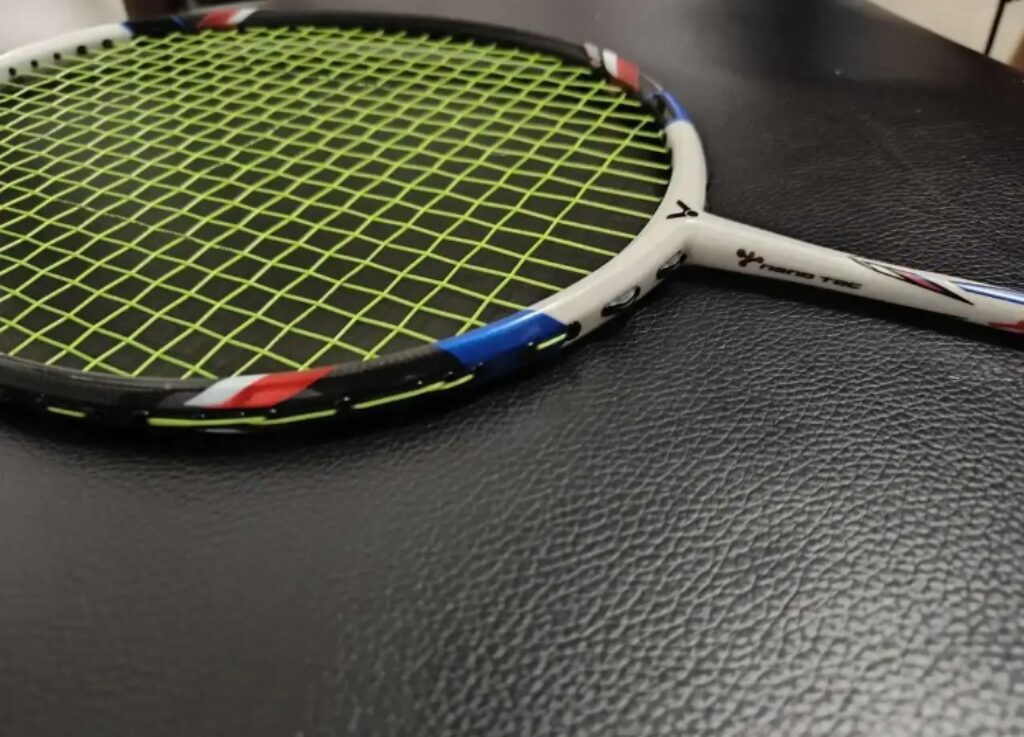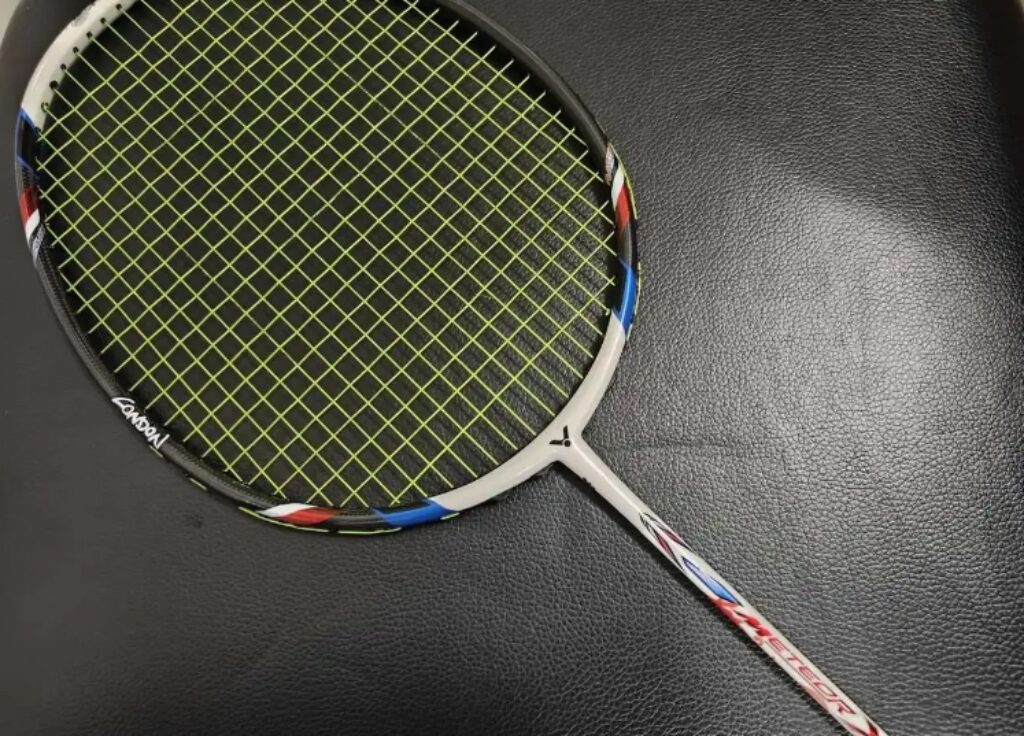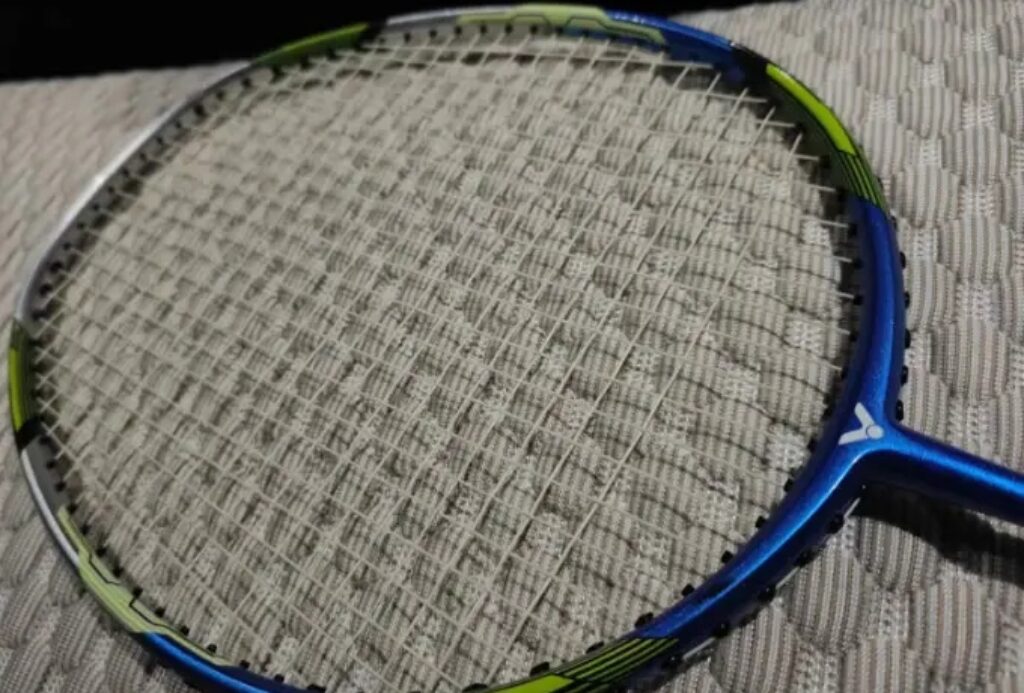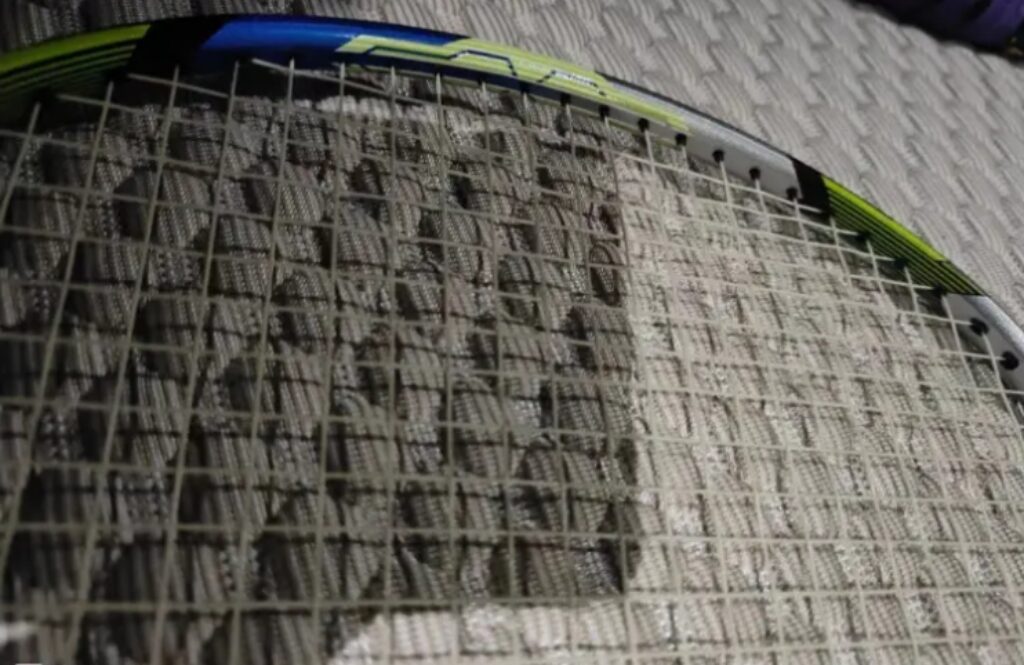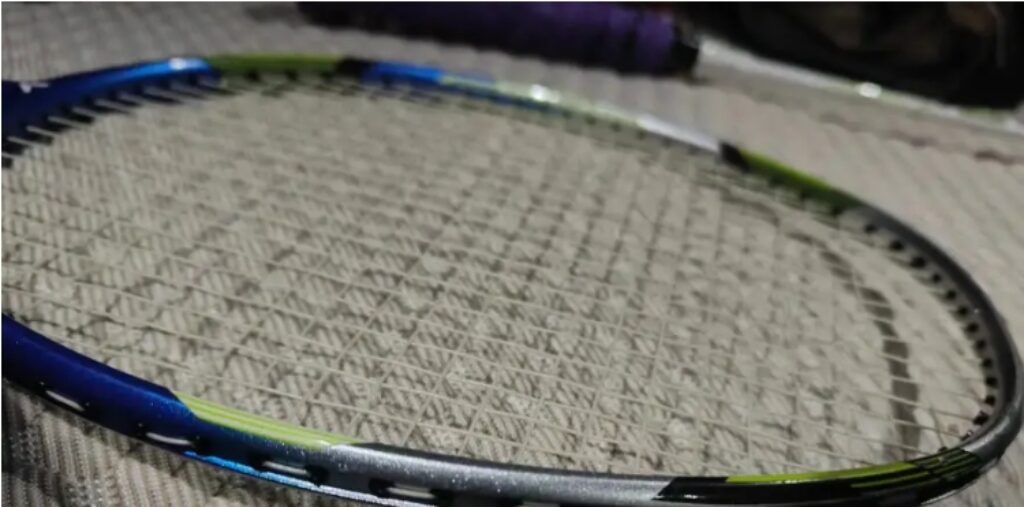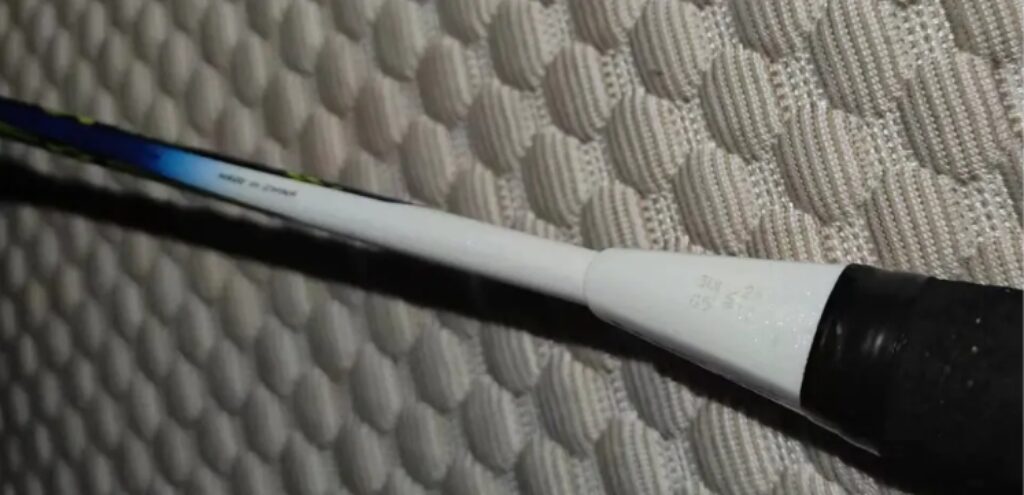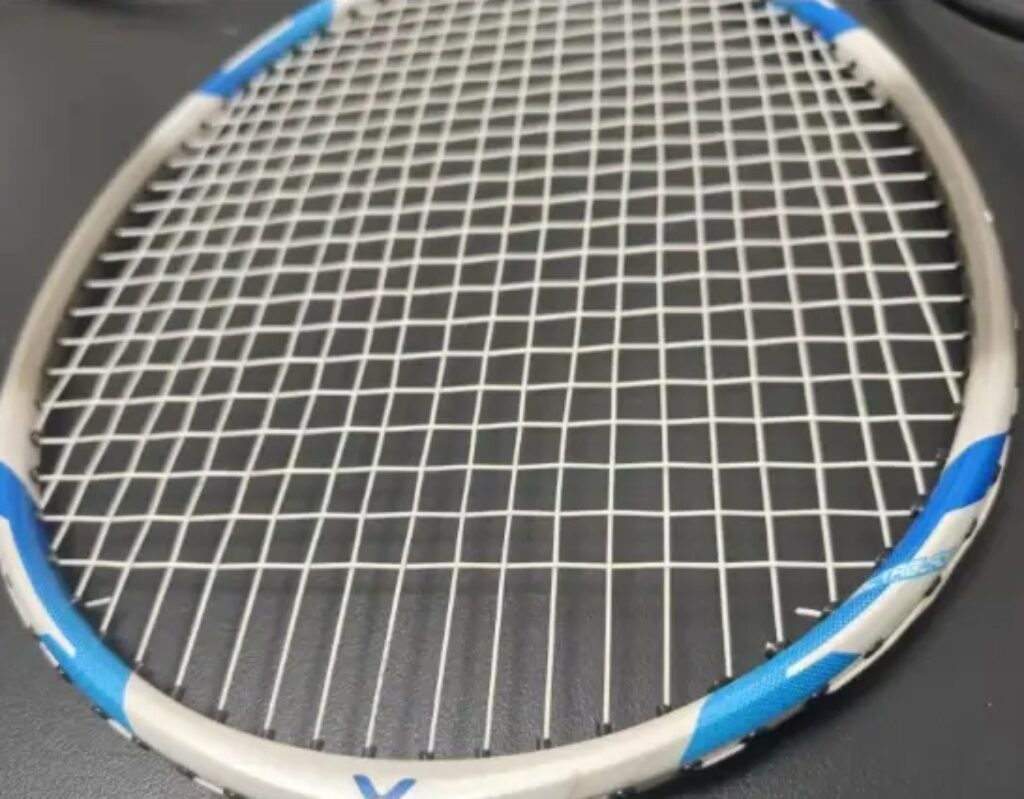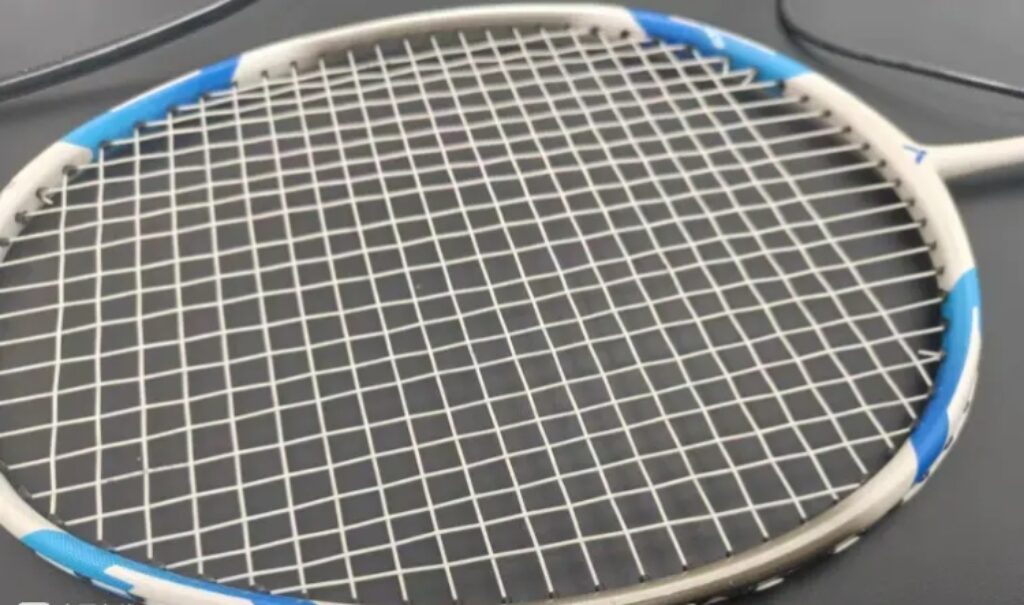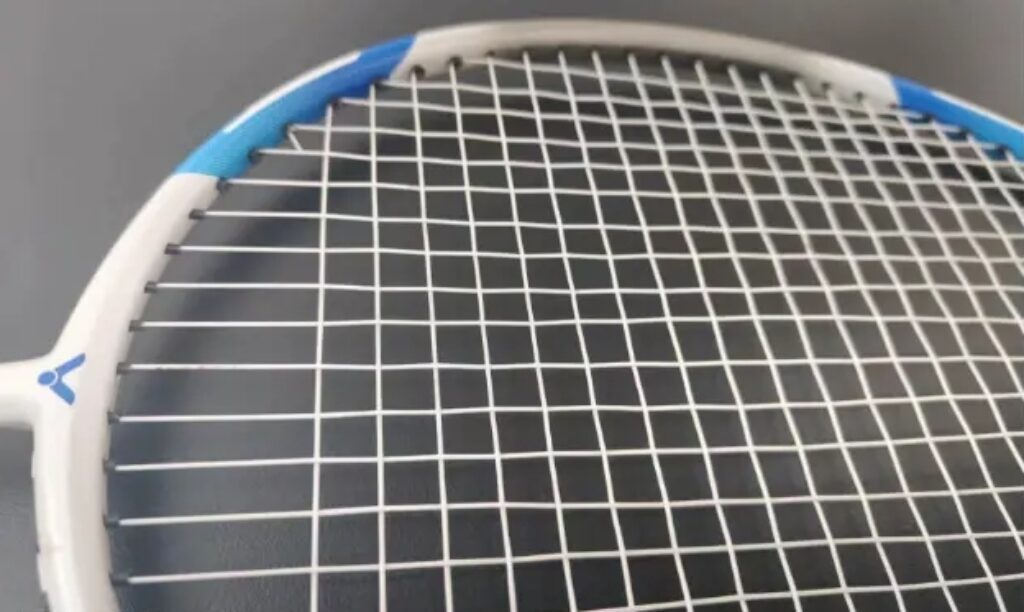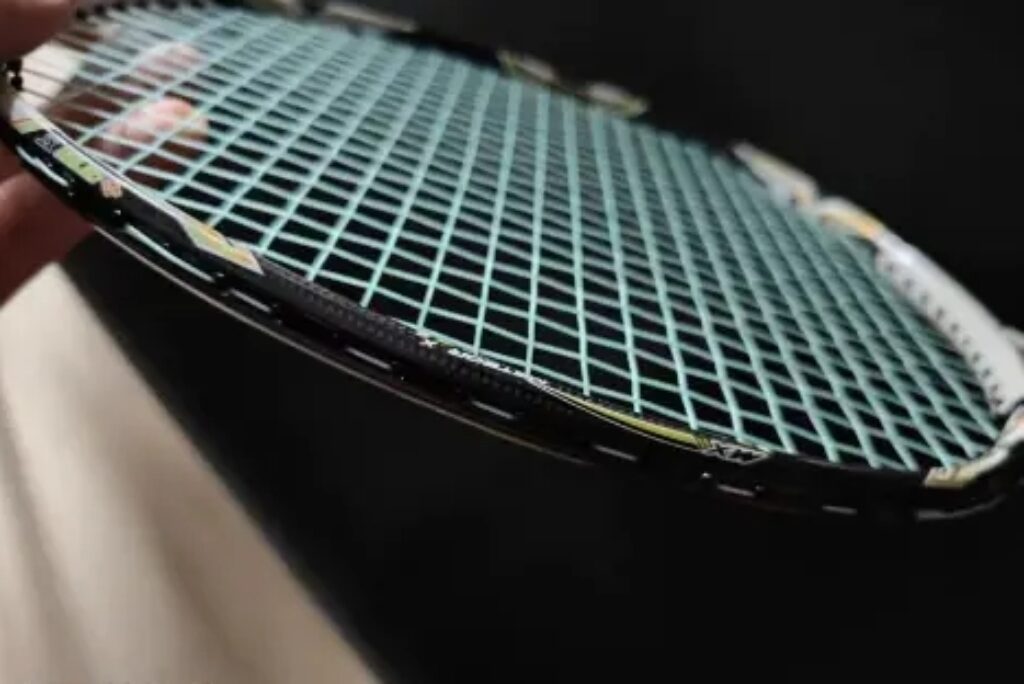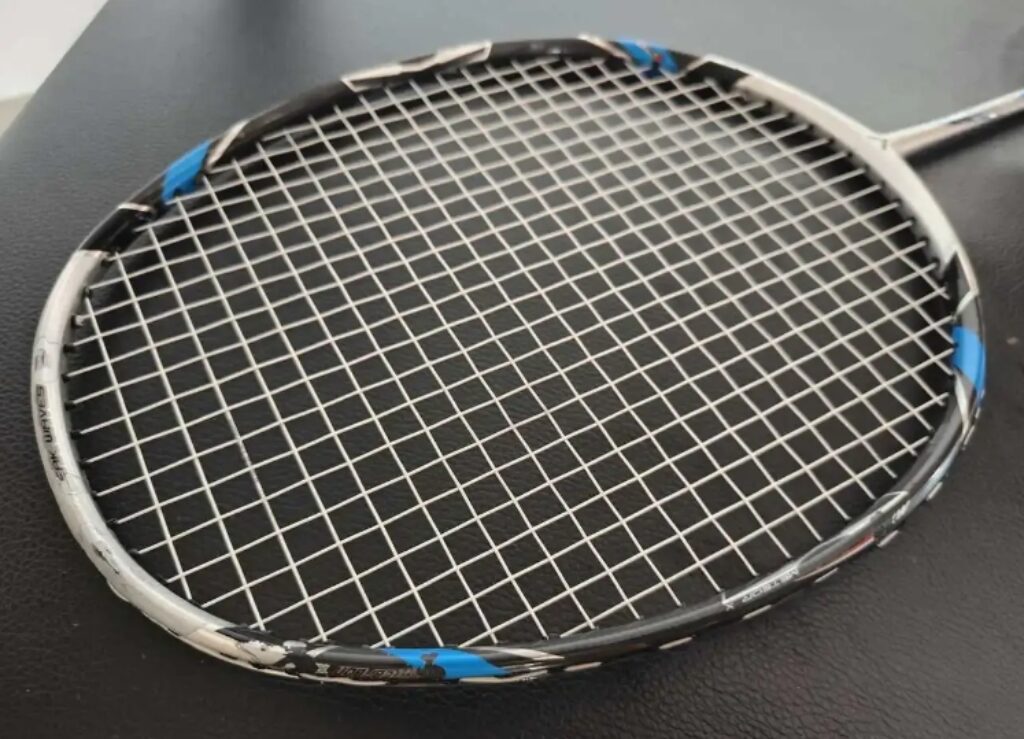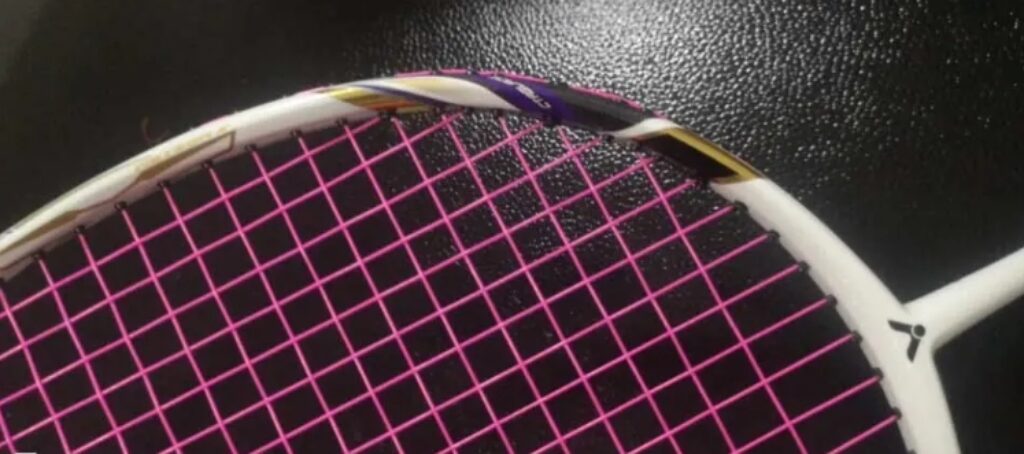Skipping this series would be a mistake. However, after testing it, I didn’t feel a strong desire to update. These are all classic models from the Blue Factory that are familiar to most. Just the popularity of the original MX80 alone is enough to carry half the positive reputation of Victory’s offensive rackets among enthusiasts.
It would be irresponsible to give a quick review of a product geared toward professional performance before fully adapting to it. However, you also know about my recent intense schedule for reviews. If every racket I test is a hardcore model, the few opportunities I get to test them will be wasted on getting used to them, which isn’t efficient.
Starting with the MX30L was a good choice.

Specifications:
Weight: 3U G6, with grip, total weight in use: 94.9g, balance point: 294mm, shaft thickness: 7.0mm, shaft length: 220mm, stiffness: moderate.
Frame: octagonal aerodynamic frame, grooves at 9-3 points, 80-hole string bed, string tension recommendation: 26-28 lbs, strung at 25-27 lbs with Karakal 66F.
Many of the rackets in Victory’s lineup with “3” in their model number use blue elements, like the HX30/300 and Jetspeed 3, and the X30 is no exception, though it has a more elegant feel. The light blue decals really highlight the whiteness of the frame, and the selective covering of the frame reveals the carbon fiber texture underneath, giving the racket a more layered and alluring look.
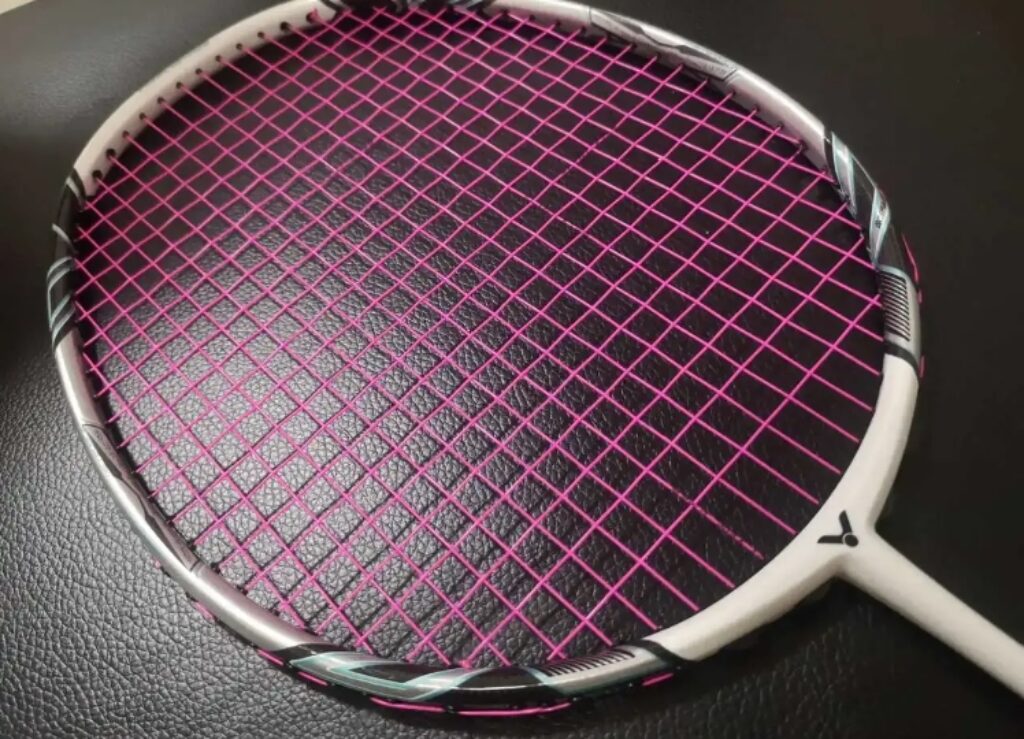
Covering part of it is more enticing than leaving it fully exposed, right? The frame also features silver elements, enhancing the shine of the X30. Although the specs suggest this racket is more geared toward women, its aesthetic appeal is universal.
Besides the iconic octagonal aerodynamic design, the material used to construct the frame appears to be woven carbon fiber, likely chosen to balance swing speed with torsional resistance. Additionally, the frame’s string holes feature the wave design from the Brave Sword series, enhancing the string bed’s rebound. With the paint and finish added to the frame, this meticulously crafted design is certainly valuable, though the sharp aerodynamic edges might make the paint more prone to damage. Speaking of which, I really wish the Blue Factory’s art department would teach the B Factory how to make their rackets look this good…
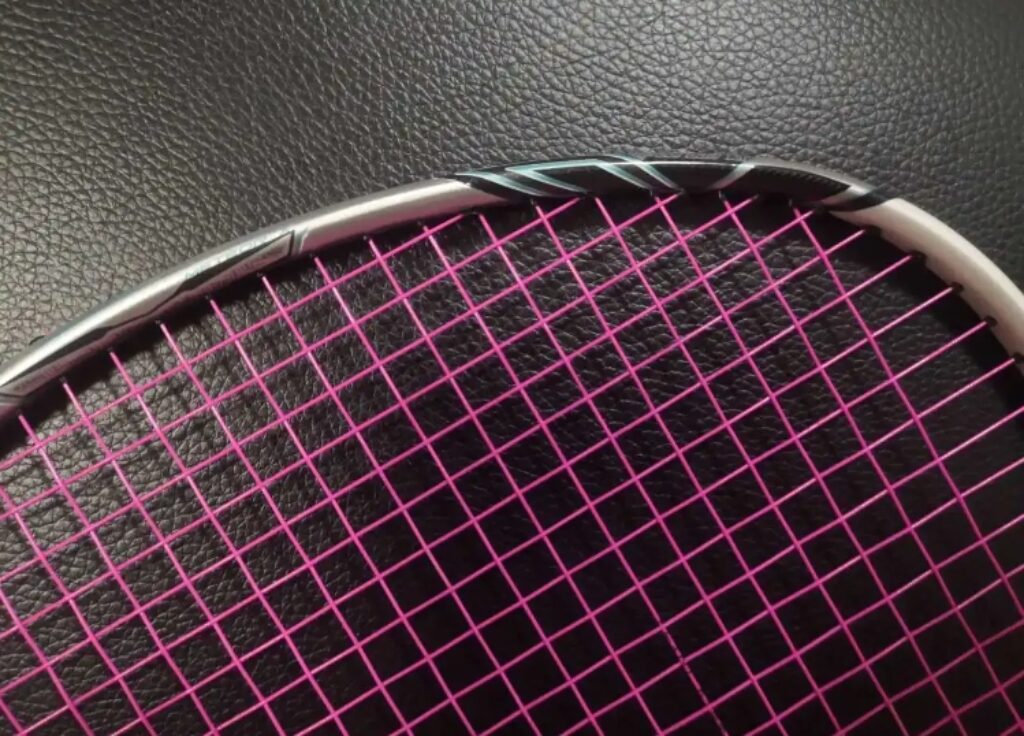
Before testing it, I expected the X30 to be a user-friendly, “easy-going” racket, and after holding it for a bit, I could feel its approachable side. Indeed, despite its 3U specs, its balance point and swing weight are both low, and the shaft’s static stiffness is moderate. The racket swings fast, with a sharp sound slicing through the air.
However, when I actually used it, I found the X30 still required some getting used to, and my hopes of quickly taking it into a match were dashed. Its easy-going feel wasn’t as obvious as I expected. Although the shaft isn’t very stiff, the 80-hole string bed requires more effort to drive, and the frame’s high rigidity means the contact time between the strings and the shuttle is short when not generating enough power—before you’ve fully hit the shuttle, it has already bounced off. That said, the sweet spot is large, the shots are clean, and the feedback is rich after each hit.
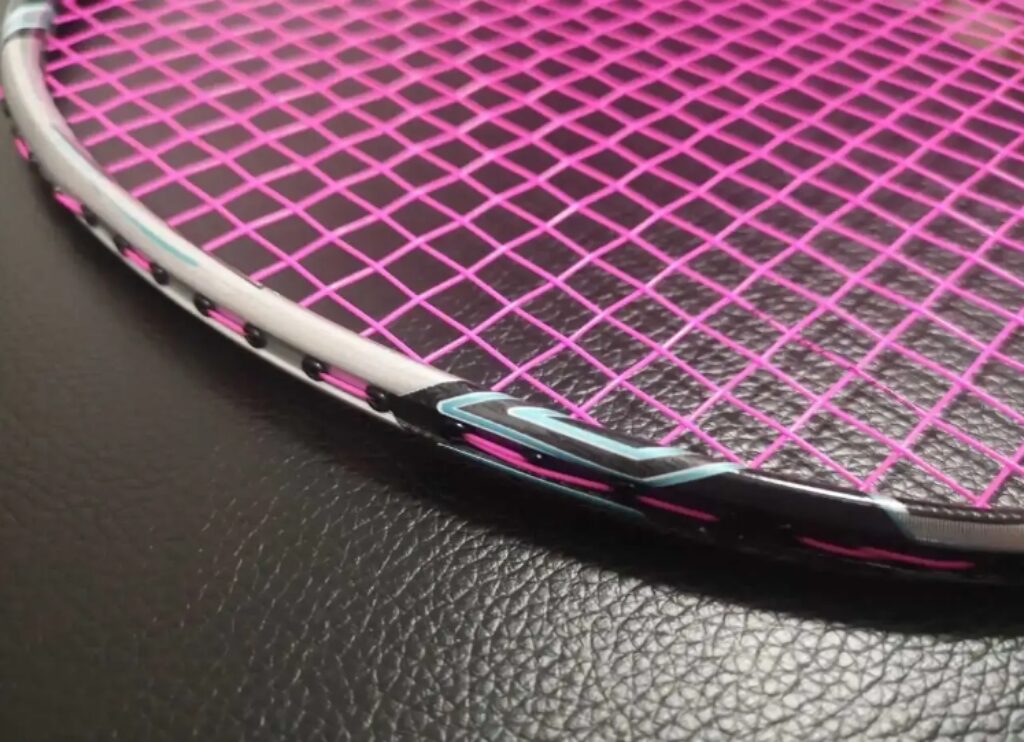
Taking a bit of time to adapt is definitely worth it. Once you get used to the MX30L’s quirks, you’ll find it’s like a girlfriend who has her own ideas but is also willing to grow with you. The frame’s stability is excellent, and the feedback when using borrowed power is outstanding, making clears highly controllable and relatively easy. Drives can be hit with decent speed and accuracy, and lifts are easy to execute. Overall, its performance in long rallies is excellent, leading me to believe it’s well-suited for playing a control game.
But that doesn’t mean it’s not aggressive. The MX30L still has two weapons—speed and power.
After all this time, I’ve become less picky about racket specifications and have seen plenty of different models. However, this 3U racket still left a strong impression on me regarding speed. The octagonal aerodynamic frame’s wind resistance reduction is excellent, and combined with its relatively light head, it’s perfectly suitable for doubles play when speed is critical. Moreover, the 220mm long shaft prevents excessive shaft flex in fast exchanges, making it reliable for mid-court drives, with quick, stable responses.
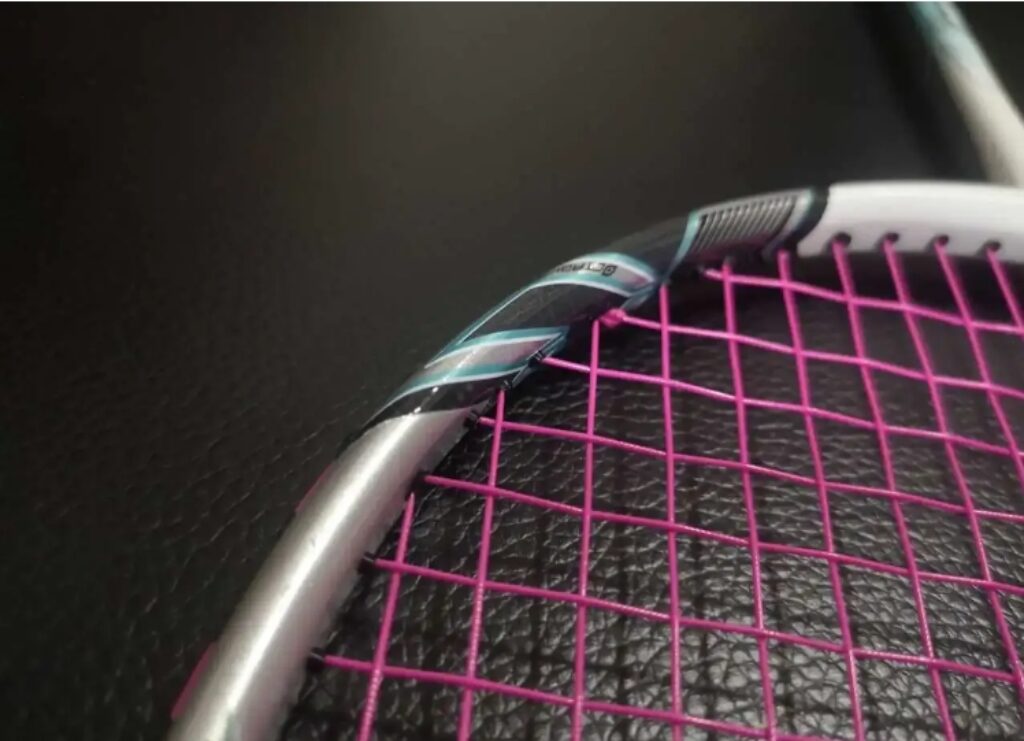
Additionally, the X30 isn’t weak in backcourt smashes either. The stability of the shots combined with the shaft’s baseline explosiveness means that, during smash opportunities, it can still deliver powerful attacks scoring around 8 to 9 out of 10. Even if one smash doesn’t finish the point, the second and third shots can follow through seamlessly, maintaining pressure. Despite the shaft having a somewhat wooden feel, reminiscent of older thicker-shaft models, the sensation of energy loss during smashes isn’t noticeable.
After testing it, I was reminded of the Bonny 2013L, which shares similarities with the X30, such as the octagonal aerodynamic frame, woven material, and long shaft. However, the 2013L had better elasticity, though its flexibility caused energy loss during smashes. In contrast, the MX30L has a more rigid feel but better energy conversion efficiency.
And yes, the MX30L is truly beautiful.
